Modular Homes and Waste Management
Waste management is a big concern for cities dealing with a growing population and fast urbanisation. The increasing population puts an enormous strain on the existing waste management systems, which sometimes fail to keep up with the generation of waste.
Many cities lack proper waste management infrastructure, such as insufficient trash collection systems, inadequate dumping sites and limited recycling facilities. The current infrastructure frequently falls short of managing the massive trash generated. Open dumping of trash is a common practice in many cities due to limited landfill areas and inadequate waste treatment capabilities. This causes a variety of environmental and health problems.
Are existing waste management solutions effective?
To address these difficulties, India has introduced a variety of waste management systems, which include:
- Municipal solid waste collection:
To ensure correct waste disposal, many cities have built door-to-door waste collecting systems.
-Landfills:
In India, open grounds are frequently used for trash disposal.
- Waste segregation:
For effective waste management, waste segregation at the home and community levels has been undertaken.
- Recycling:
Recycling is essential in waste management because it reduces the volume of waste transported to landfills.
- Waste-to-energy technologies:
Waste-to-energy technologies, such as incineration and biogas generation, are being looked into as alternatives to waste management while producing electricity.
However, all these solutions come with their own set of problems. A few are ineffective due to inadequate infrastructure and lack of awareness. Some do not work owing to the inconsistency of waste collection and inadequate public participation, ultimately resulting in overflowing bins and littered roads.
Can modular construction help the waste management system in India?
Modular homes, often known as prefabricated or prefab spaces, are built off-site in a factory-controlled environment using efficient methodologies and sustainable materials. They can be extremely helpful in addressing the pressing issues of waste management in India for several reasons.
- Reduced construction waste
Modular homes are built off-site in industrial settings, where components are properly measured and cut, resulting in minimal construction waste. Compared to traditional on-site construction methods, this controlled manufacturing procedure enables effective material consumption, lowering the amount of waste generated during production and post-production stages.
- Material efficiency
The construction of modular homes adheres to a design that maximizes material efficiency. Precision measurements and standardized construction methods aid in reducing material waste. Furthermore, any excess materials generated during the manufacturing process can frequently be recycled or repurposed in future projects, decreasing waste even further.
- Reduced environmental impact
Modular homes have a lower overall environmental impact because of their reduced construction waste, efficient material usage, and recycling potential. When compared to traditional construction methods, modular construction often utilizes fewer resources such as electricity and water. It also helps to reduce the environmental impact of building materials extraction and transportation.
- Higher recycling and reusability rate
Modular homes are often constructed with simple disassembly and reassembly, allowing components to be reused in several projects. When modular home components, such as steel frames, walls, and fixtures, end their useful life, they can be recycled or repurposed rather than ending up in landfills. This decreases waste generation and encourages a circular economy approach.
Waste management demands active public engagement and awareness. Increased awareness campaigns and educational initiatives are needed in Indian cities to promote proper garbage disposal practices among residents. However, modular homes as well as prefabricated commercial spaces can play a major role in enhancing waste management in the longer run.
With well-designed structures, Tata Steel Nest-In's prefabricated construction solutions, allow you to build a premium living or working space. They come with premium interiors and exteriors while ensuring optimal comfort and ease of installation. Prefab solutions can help in improving waste management practices by reducing construction waste, increasing material efficiency, and encouraging recycling and reusability. Their environment-friendly characteristics are in line with sustainable development goals and promote a more resource-efficient and environmentally conscious construction industry of the future.
Discover more: LGSF Green Technology for Speedy Construction
Contact Us
Recent Post
Climate-Resilient Construction: The Growing Demand For Weather-Ready Prefab Spaces
Stylish Modular Spaces Built for Every Terrain
How We Built Strong & Efficient Rolling Mill Main Pulpits In Ludhiana, Punjab
Climate Is Changing. Our Buildings Must Too: How Prefab Creates A Greener, Safer Future
Built for Emergencies: Why Modular Construction Is Ideal for Rapid Disaster-Relief Infrastructure
Category
- Nest-In 108
- HabiNest 65
- MobiNest 124
- Nestudio 28
- EzyNest 21
- Smart EzyNest 6
- ChargeNest 7
- Covid Offerings 4
- Brand 7







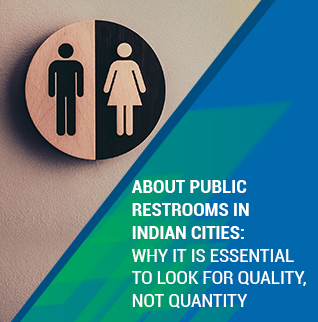



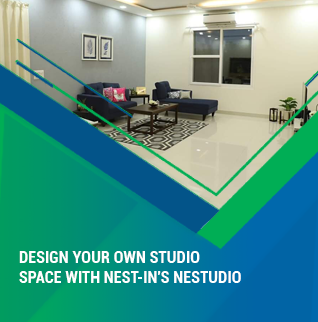






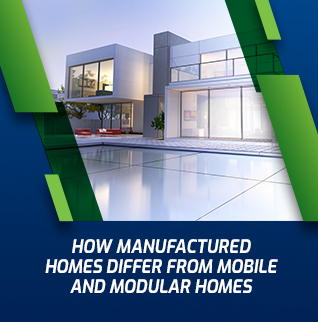
























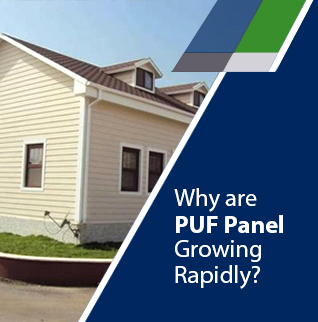






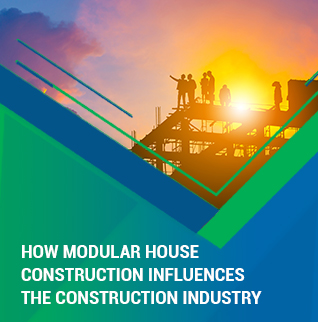







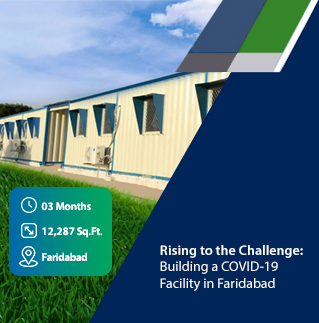




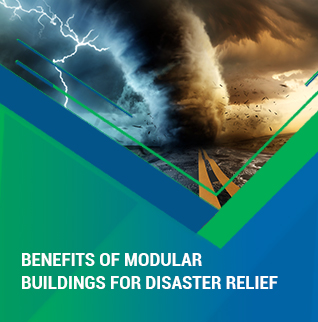

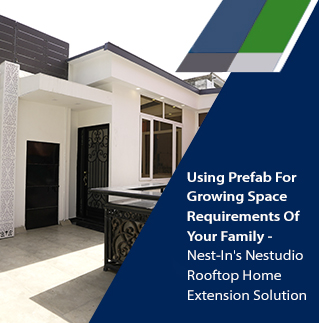




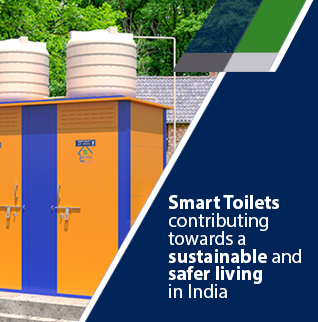







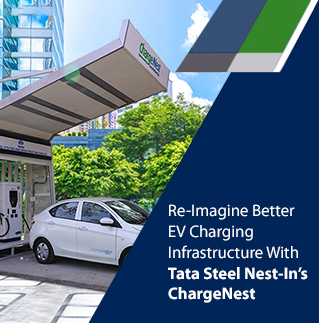




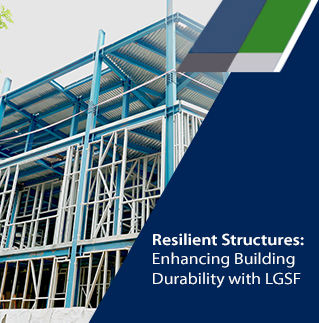

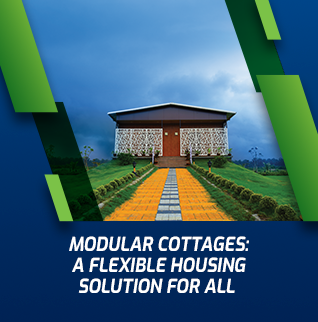












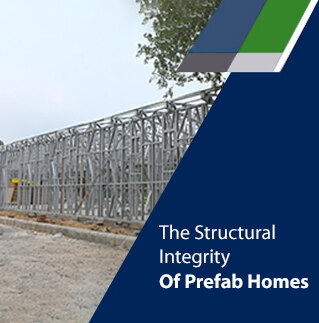















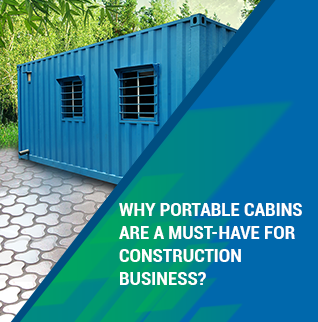


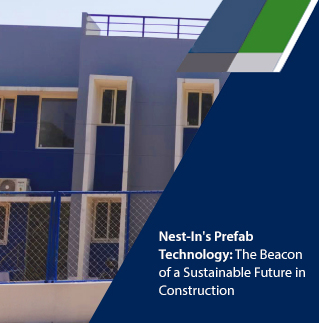




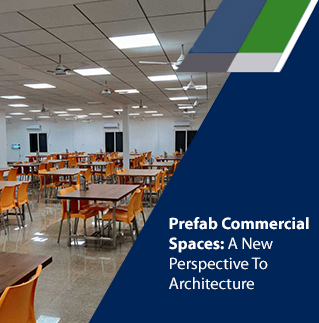
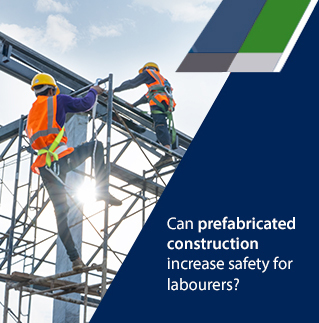












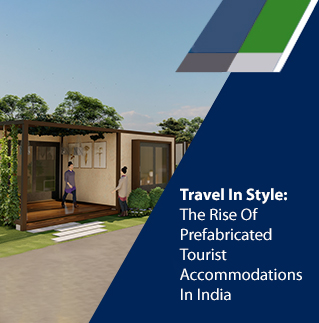




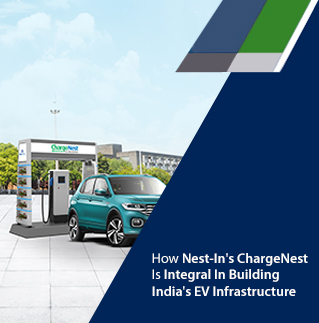
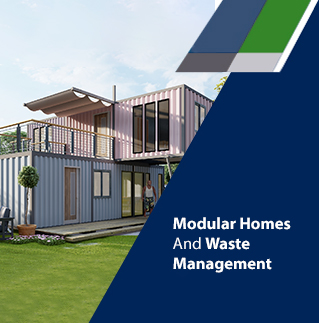






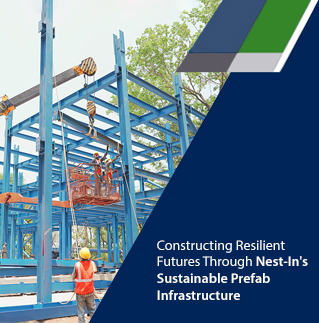




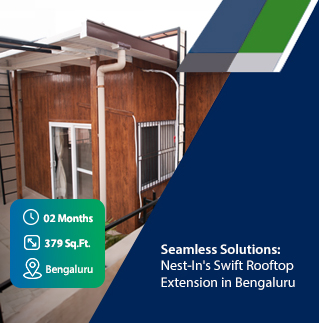







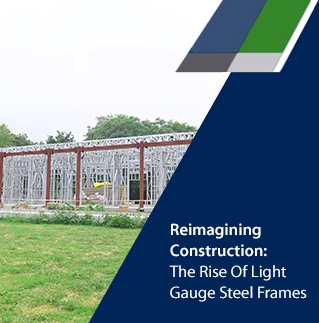











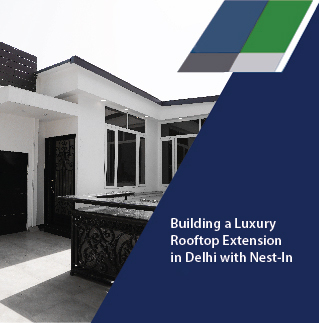














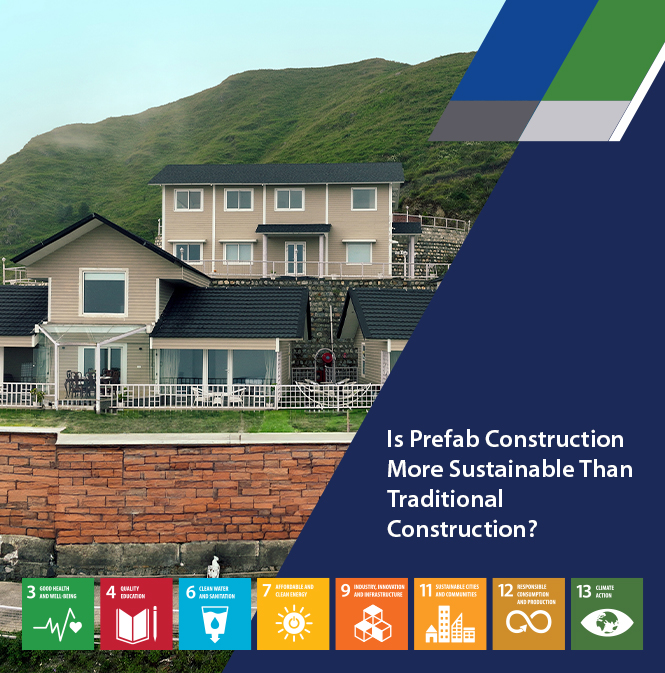
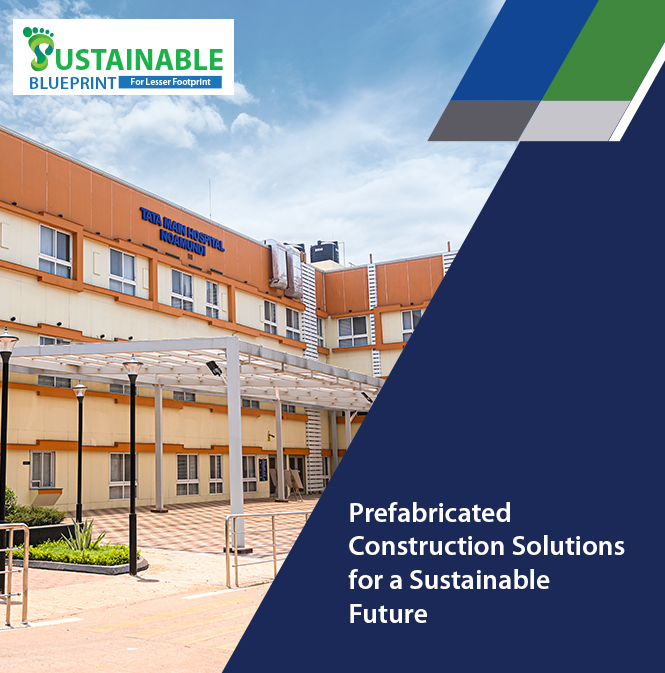
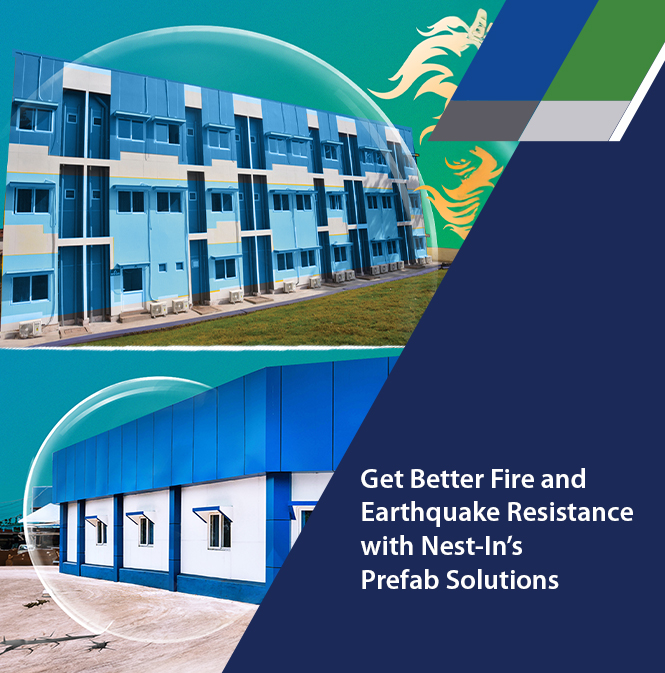












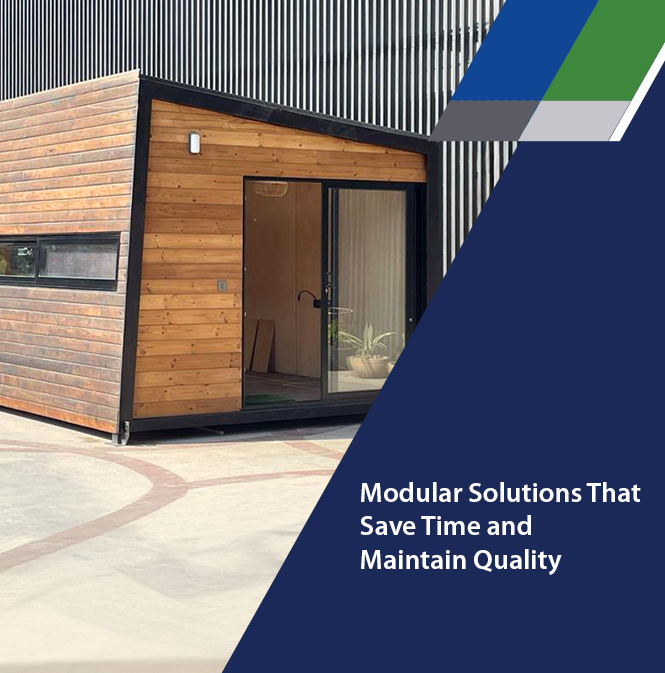



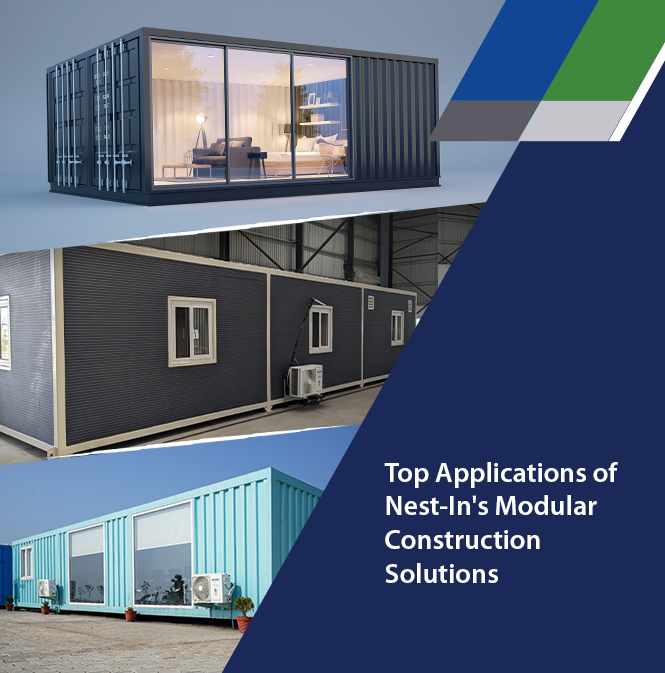






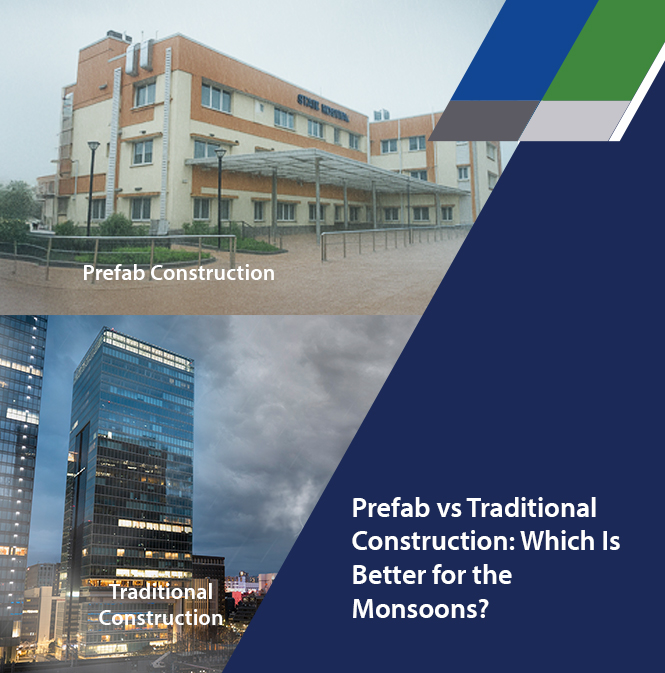




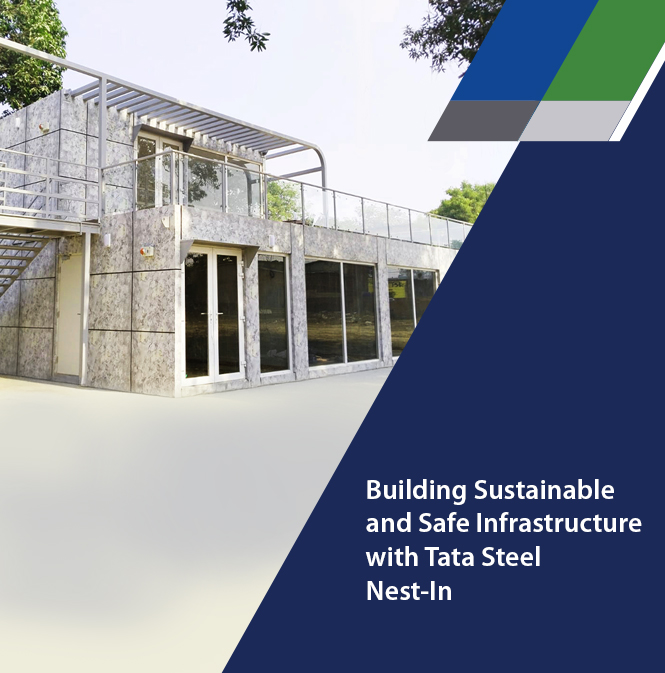





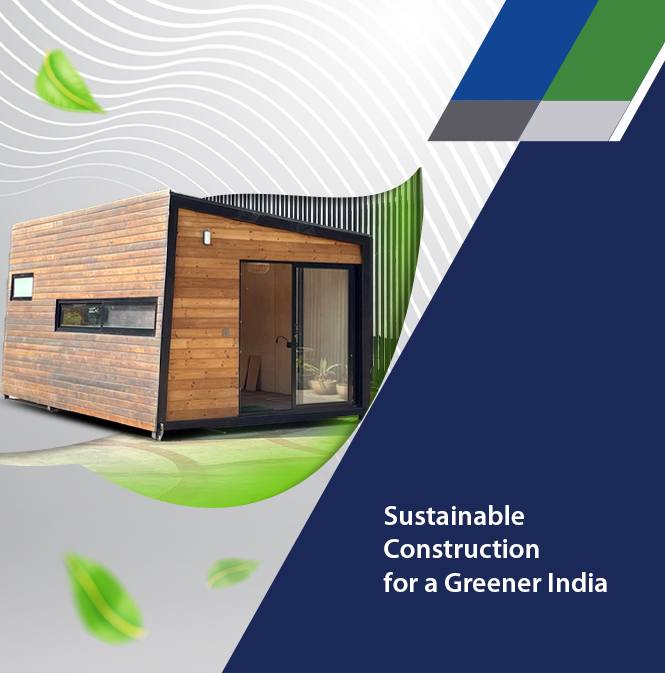

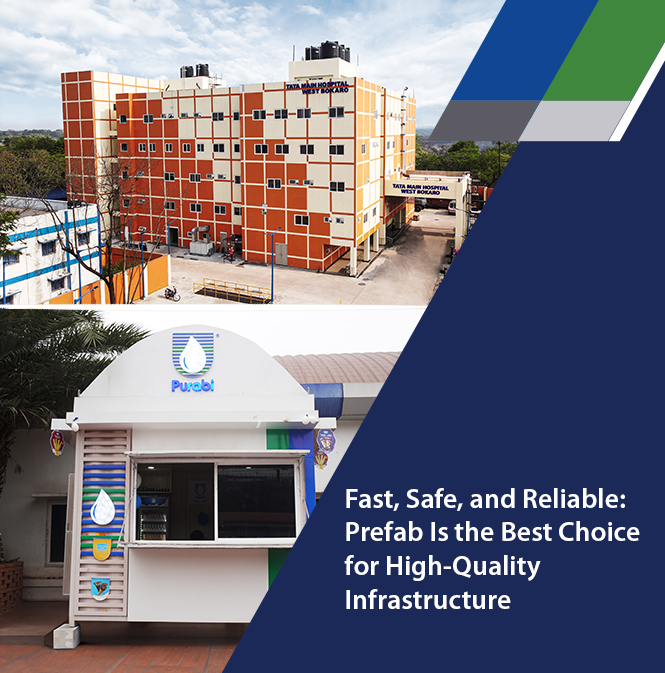


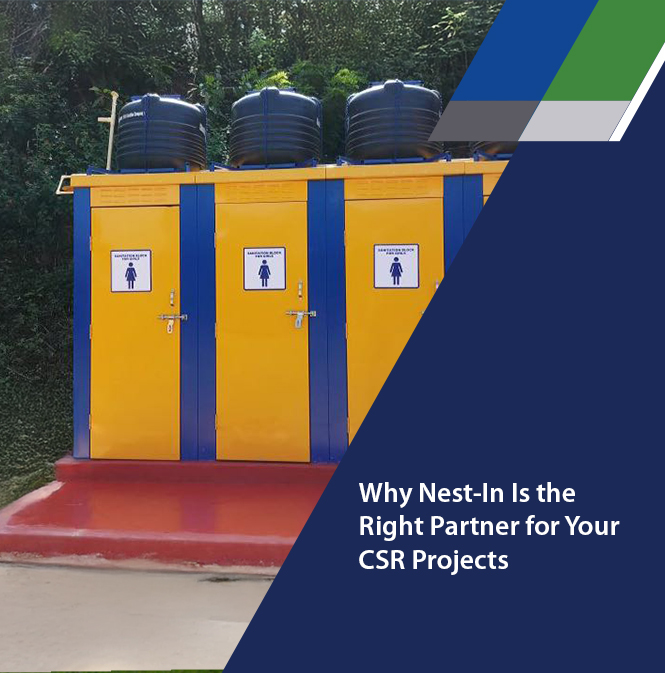

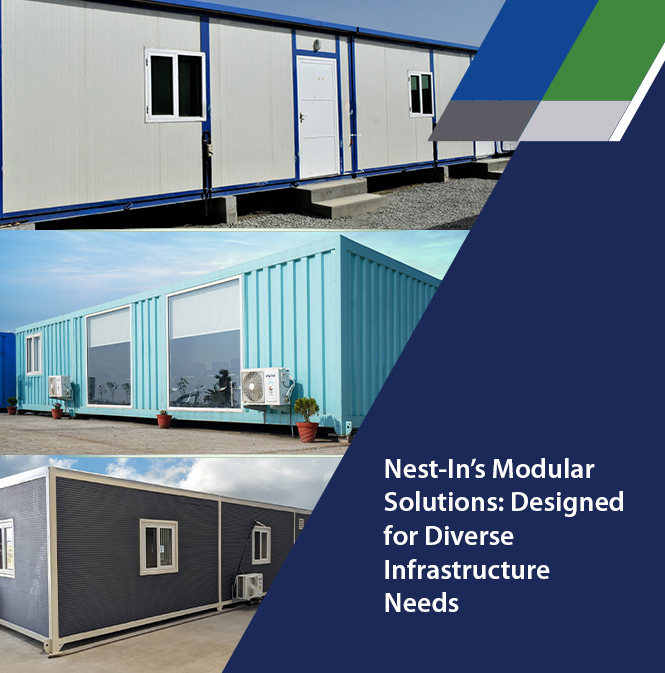




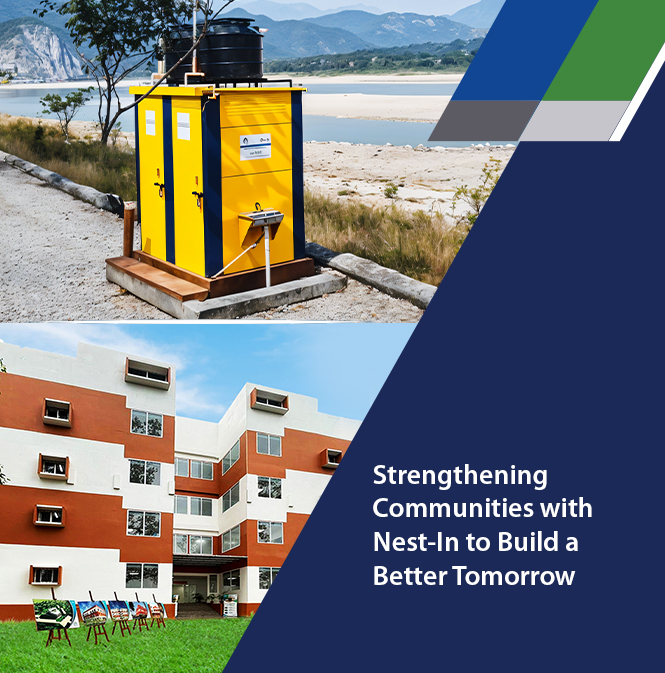


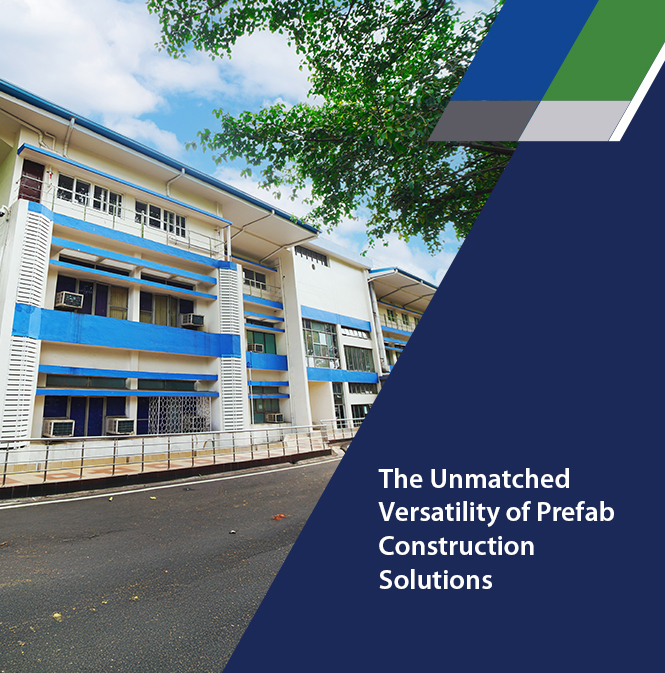


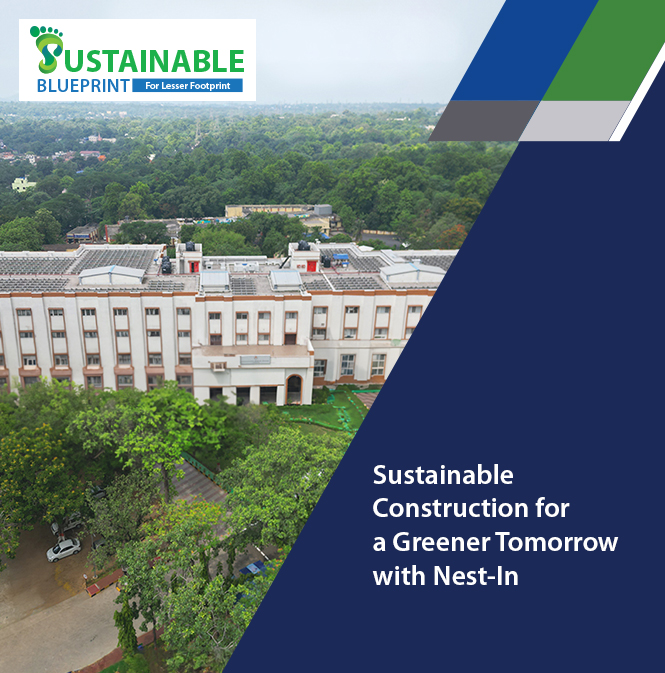





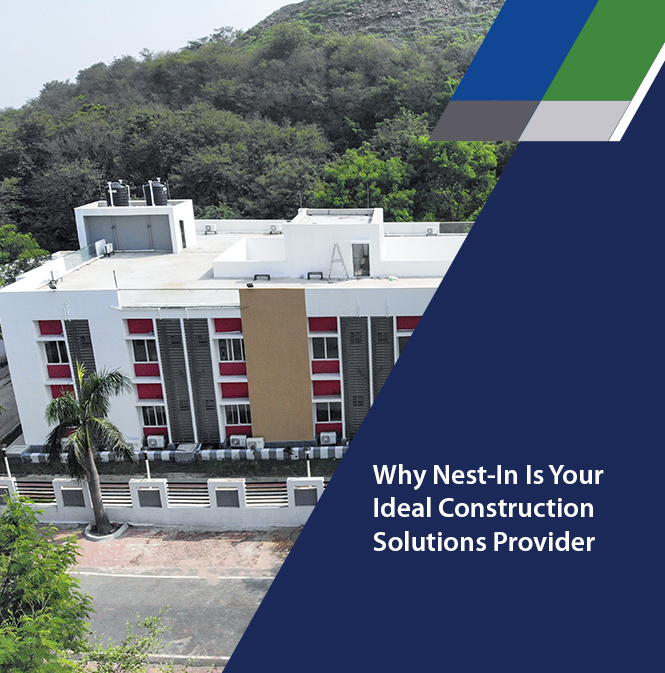
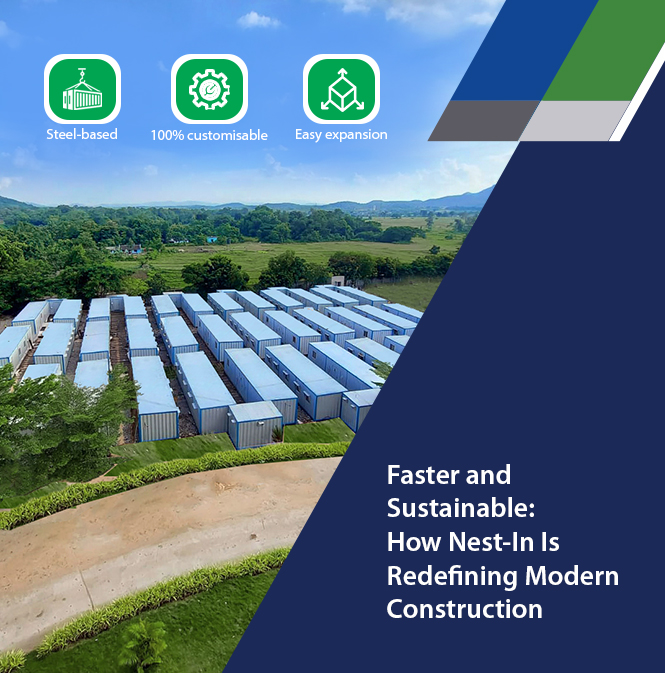
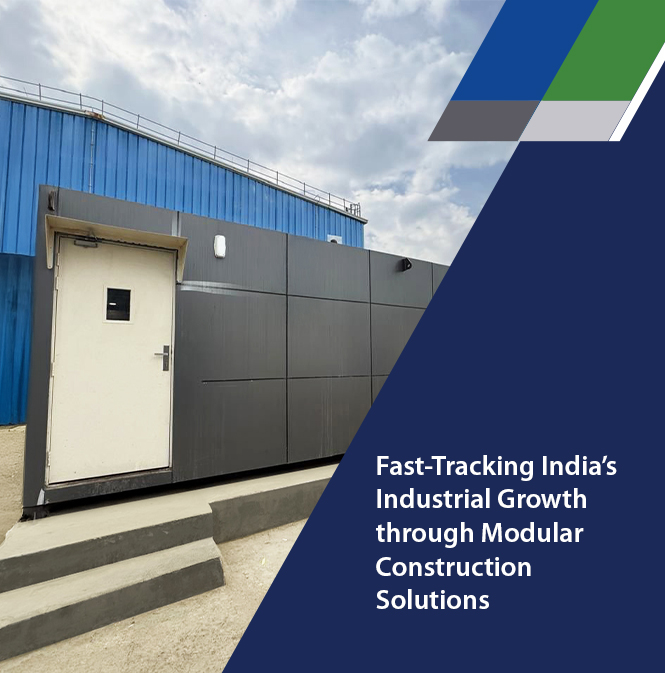


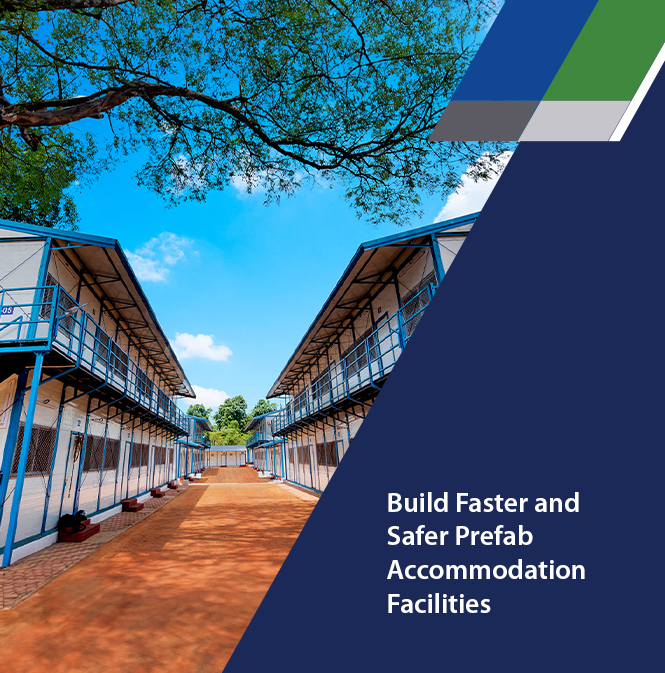









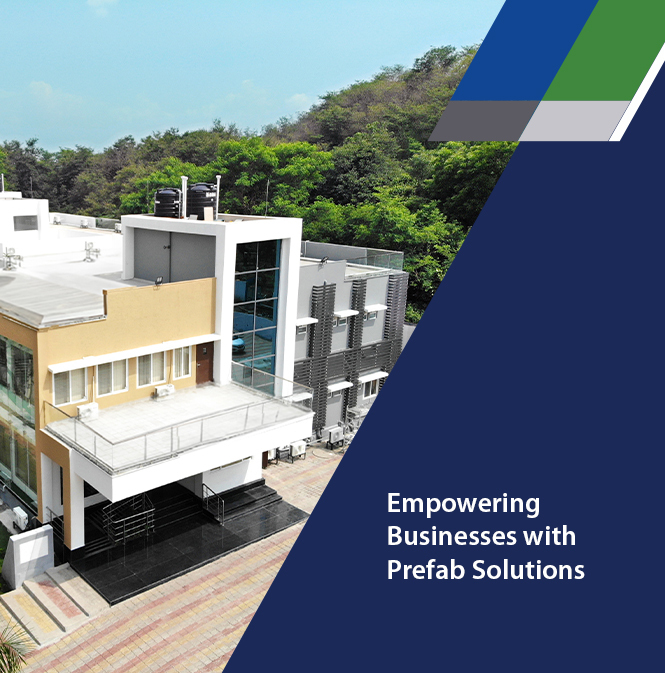




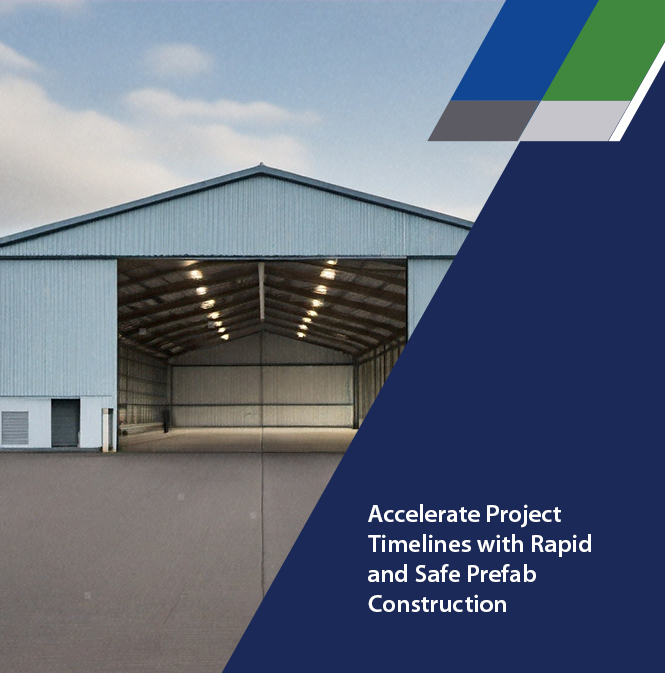


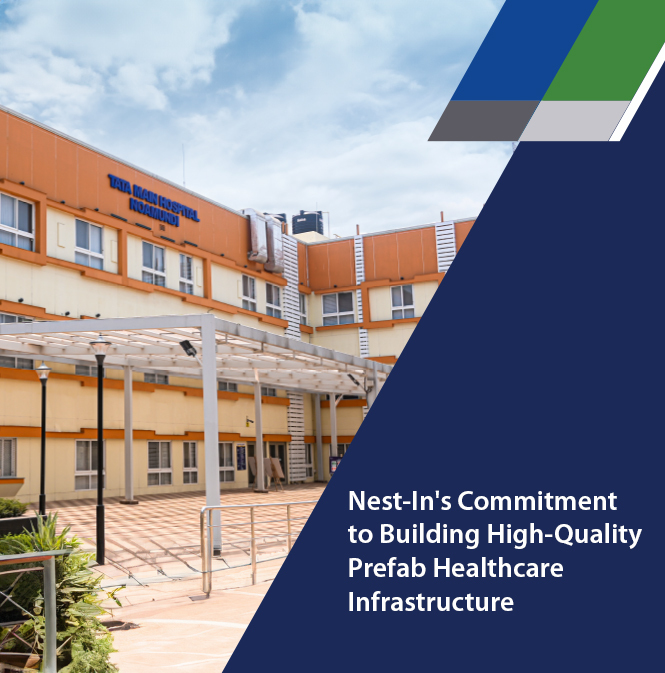


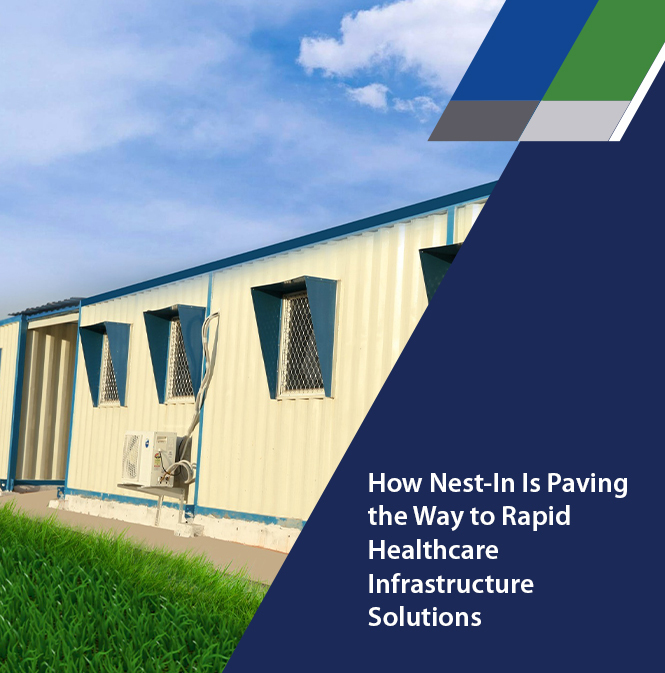







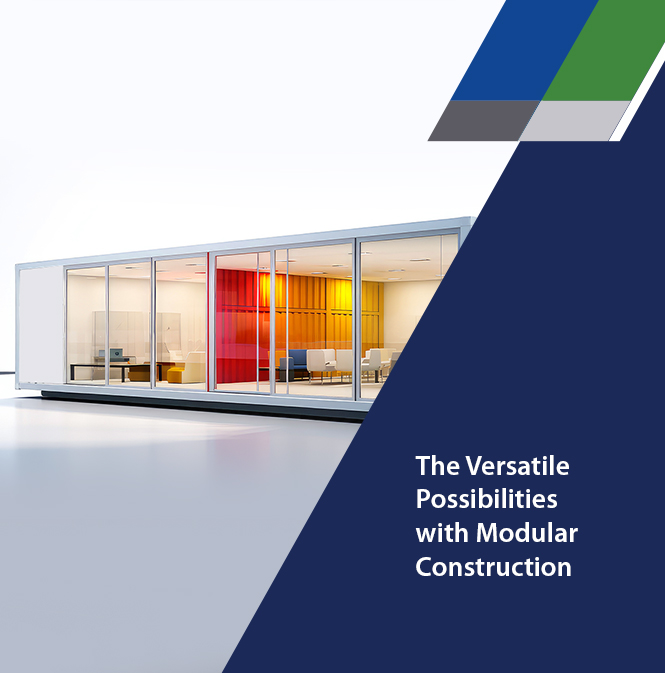
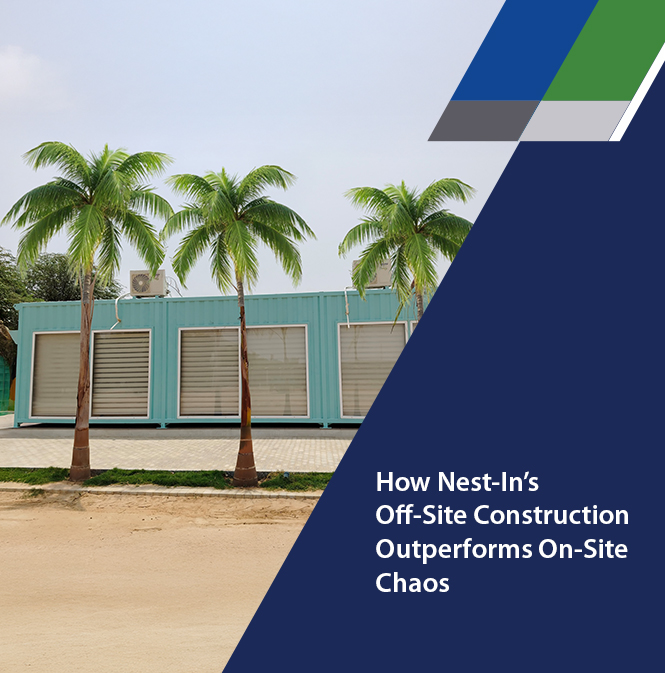
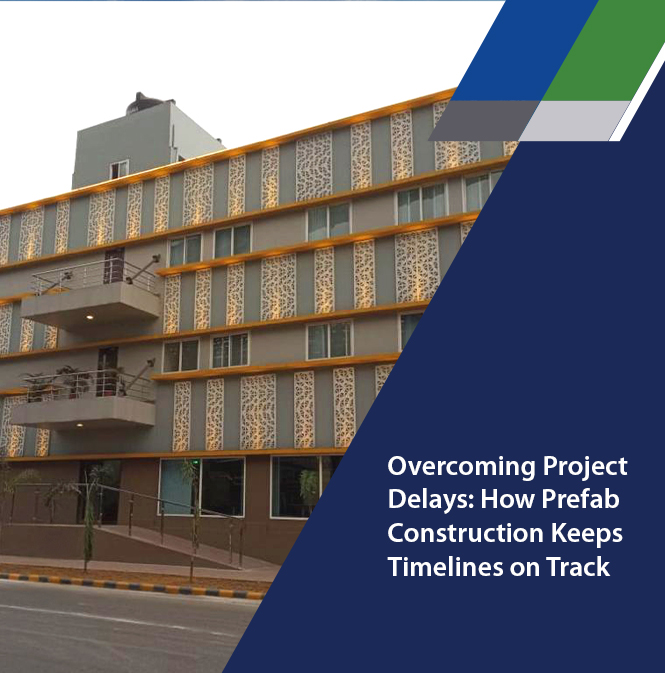


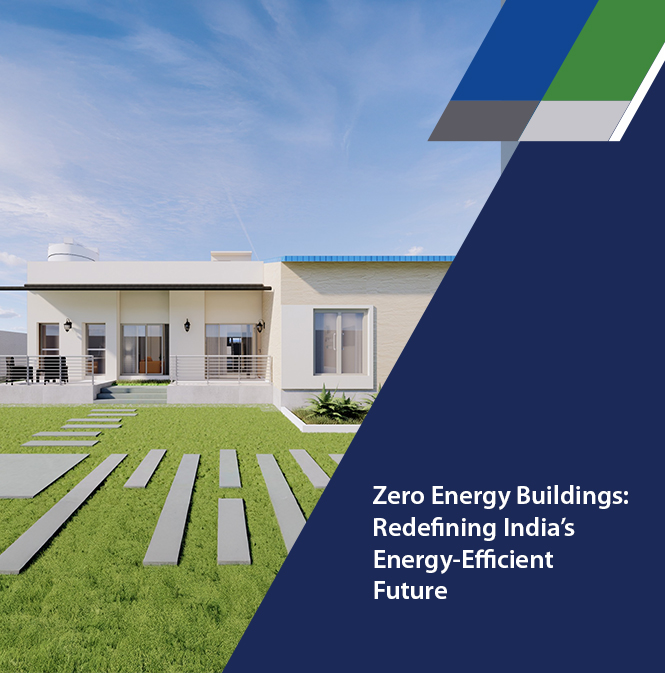






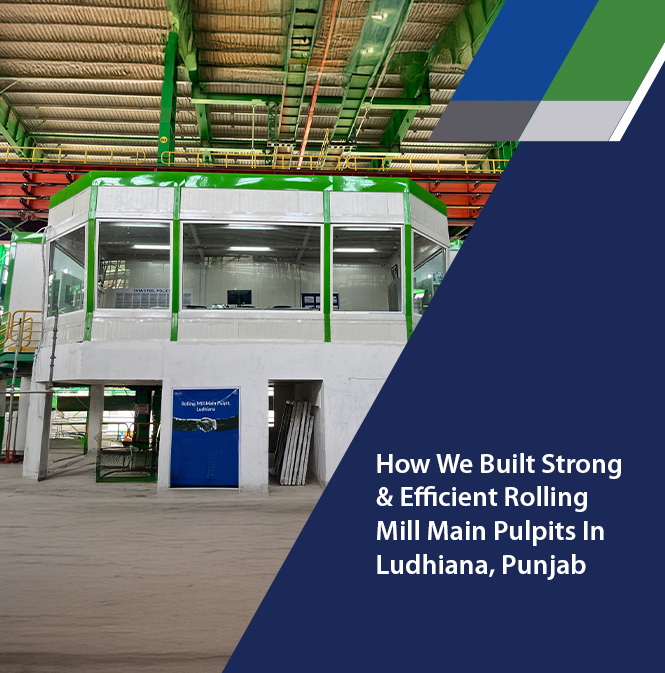
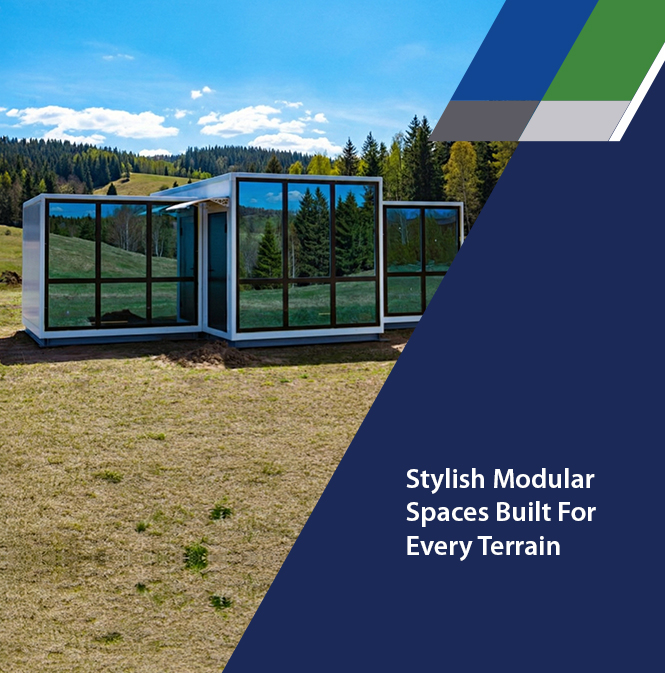



Add comment